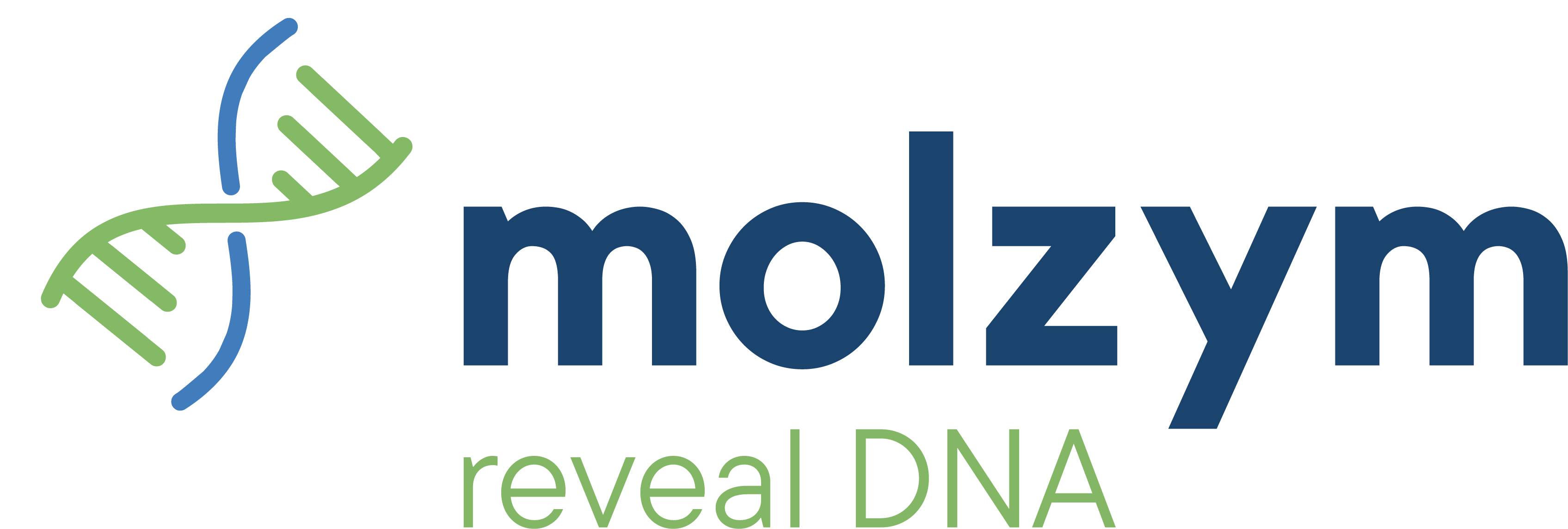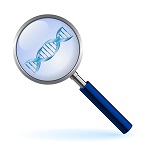Reagent Contaminations in Microbiome Analysis |
| 11 October 2018 |
|
Leon et al. [1] aimed at distinguishing the microbiomes of spontaneous preterm, non-spontaneous preterm and term delivered placentas. DNA was isolated from placental tissue with a modified DNeasy® Blood and Tissue kit (Qiagen, Germany) protocol. The V5-V7 region of the 16S rRNA gene was sequenced after amplification using ultra-pure DNA-free MolTaq 16S (Molzym, Germany) to keep the risk of contamination from PCR reagents at a minimum. The authors tested negative extractions and PCR blanks by MiSeq® sequencing (Illumina, USA) analysis to detect potential contaminants. By exclusion of reads in negative extractions that likely were introduced to samples during preparation, the authors [1] were able to confirm a difference between spontaneous preterm and non-spontaneous preterm or term delivered placenta regarding the abundance of certain clinically relevant species. Lactobacillus and Bacteroides, as common vaginal genera, increased for vaginal deliveries and Streptococcus and Corynebacterium, as common skin flora genera, were more abundant in caesarean sections. In their conclusion, Leon et al. emphasized the impact of contaminants on microbiome studies if ignored and the risk of erroneous conclusions. The process of avoiding contaminations already starts with sample collection and storage. In every single step exogenous bacteria and fungi can be introduced into the sample and therefore sterile working is essential. Further, consumables as pipette tips, vials and reagents can be contaminated from the start on. Especially enzymes can be severely contaminated due to their production processes. Therefore, ultra-pure DNA-free reagents and consumables help reducing the risk of contaminations and the amount of controls. Molzym offers different DNA-free PCR reagents and master mixes including the NGSeq 16S V3/V4 for a contamination-free Amplicon PCR for Illumina® MiSeq system. Moreover, host DNA is present in large excess to target microbial DNA in many samples. A reduction of host DNA by using Molzym’s MolYsis™ kits can further increase the analytical sensitivity. More about contaminations and their prevention in this white paper. |
| Reference |
| [1] Leon LJ, Doyle R, Diez-Benavente E, Clark TG, Klein N, Stanier P, Moore GE (2018) Enrichment of clinically relevant organisms in spontaneous preterm delivered placenta and reagent contamination across all clinical groups in a large UK pregnancy cohort. AEM, doi:10.1128/AEM.00483-18. |
| DNA-free PCR reagents NGSeq 16S V3/V4 MolYsis™ |

 Analysis of microbiomes shows the broad diversity of all microbes present in a sample but is prone to false results due to contaminations by nonsterile handling as well as impure reagents. In cases where microorganisms typically prevail at low concentrations, contaminations can not only influence but even overlay the endogenous species in the sample.
Analysis of microbiomes shows the broad diversity of all microbes present in a sample but is prone to false results due to contaminations by nonsterile handling as well as impure reagents. In cases where microorganisms typically prevail at low concentrations, contaminations can not only influence but even overlay the endogenous species in the sample.